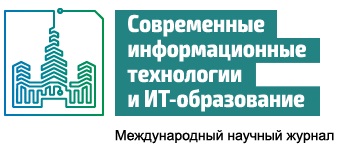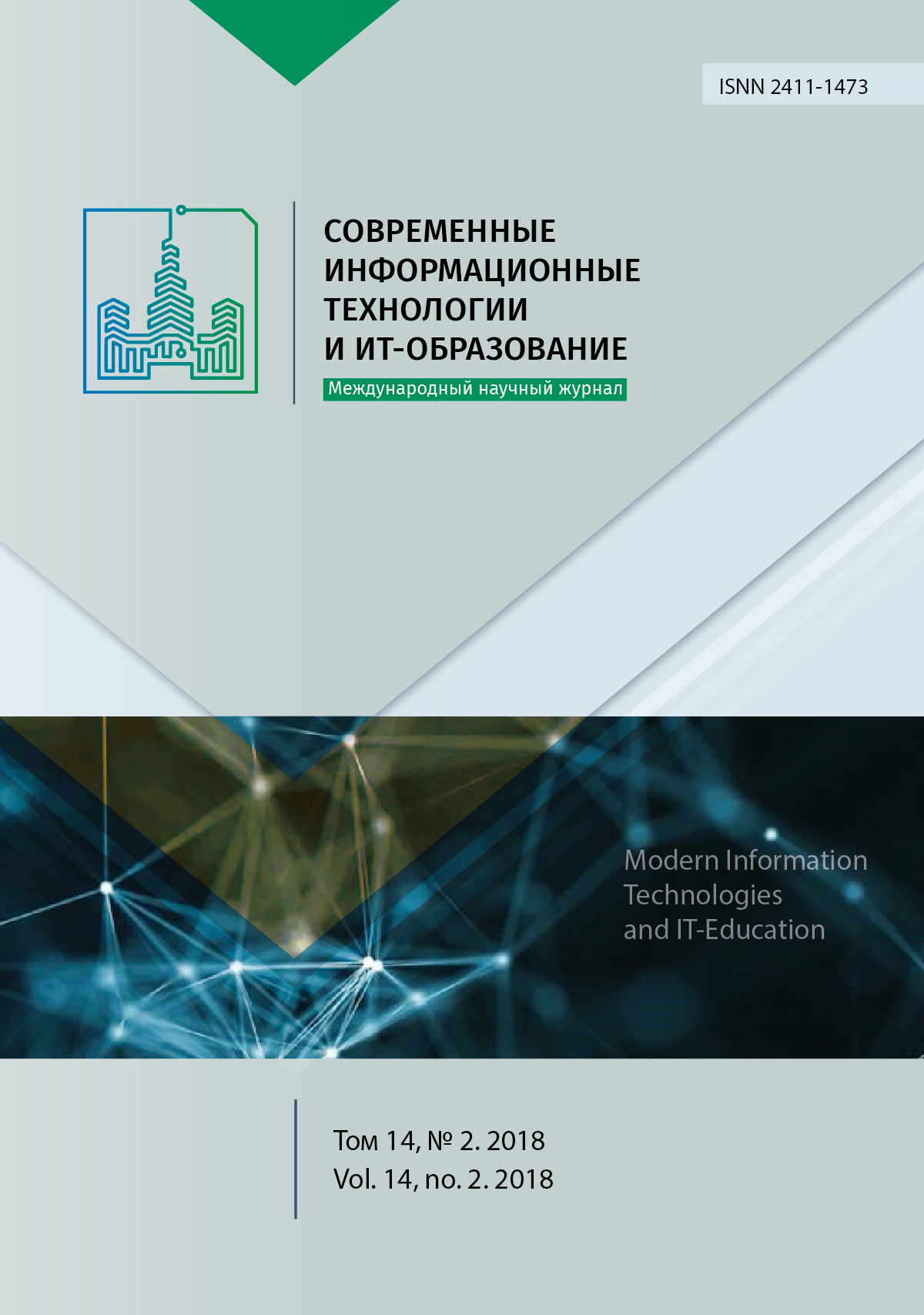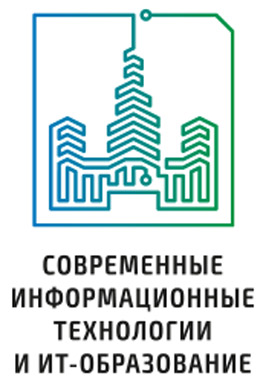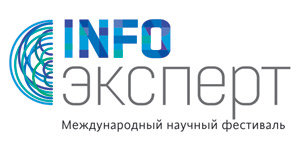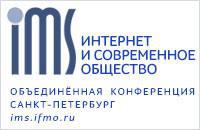ПОСТАНОВКА ЗАДАЧИ ОПТИМАЛЬНОГО УПРАВЛЕНИЯ ТВЕРДОСТЬЮ ВЫПЛАВЛЯЕМОЙ СТАЛИ НА ОСНОВЕ МОДЕЛИ ТОКАГИ-СУДЖЕНО-КАНГА
Аннотация
В данном исследовании обсуждается проблема математического моделирования сложных технологических систем в условиях неопределенности для получения наиболее оптимальных параметров при управлении производственным процессом в прикладной области – металлургии. В предлагаемом подходе рассмотрена одна из важнейших задач управления технологическим процессом выплавки стали: обеспечение заданной твердости (прокаливаемости) стали, распределенной по глубине выплавляемого изделия. Для минимизации неизбежных ошибок, связанных с экспертным выбором химического состава, повышения эффективности управления и качества выплавляемой стали, предложено применение системы нечетких продукционных правил Токаги-Суджено-Канга (модель ТСК), на основе моделирования зависимости «состав-твердость». Применение данной модели также позволит оптимизировать выбор химического состава стали в условиях стохастичности параметров регрессионных моделей. Кроме того, при исследовании процесса производства стали возникает необходимость решение обратной задачи – определение химического состава выплавляемой стали по заданному значению твердости. Предложенная модель ТСК на основе нечетких продукционных правил для прогнозирования и управления выплавкой стали представлена в матричной форме, поэтому одним из возможных путей решения задачи управления является решение соответствующего матричного уравнения. При этом на основе экспериментальных данных выявлено существенное смещение оценок значений химических элементов. В связи с этим управление необходимо строить на основе оптимизационного подхода. Предложенная постановка оптимизационной задачи позволит разработать алгоритм решения задачи оптимального управления твердостью на основе модели ТСК, отличающийся возможностью автоматически определять необходимый химический состав стали по заданному распределению ее твердости. Кроме того, разработанная модель ТСК с применением задачи оптимального управления позволит исключить ошибки при определении модели расчета, а также определять твердость стали для химического состава не соответствующего в полной мере определенной совокупности допустимых интервалов изменения массовых долей химических элементов.
Литература
[2] Zhang J. Optimal Control Problem of Converter Steelmaking Production Process Based on Operation Optimization Method. Discrete Dynamics in Nature and Society. 2015; 2015:483674, 13 pages. DOI: 10.1155/2015/483674
[3] Alrabghi A., Tiwari A. State of the art in simulation-based optimisation for maintenance systems. Computers & Industrial Engineering. 2015; 82:167-182. DOI: 10.1016/j.cie.2014.12.022
[4] Bondarchuk A.A., Matveev M.G. The Analysis of Control Models of Steel Hardness During its Melting. Mekhatronika, avtomatizatsiya, upravlenie. 2008; 3:37-40. Available at: http://www.novtex.ru/mech/mech08/Mh308.pdf (accessed 17.04.2018). (In Russian)
[5] Hamdaoui M., Oujebbour F-Z., Habbal A., Breitkopf P., Villon P. Kriging surrogates for evolutionary multi-objective optimization of CPU intensive sheet metal forming applications. International Journal of Material Forming. 2015; 8(3):469–480. DOI: 10.1007/s12289-014-1190-y
[6] Agronik A.Ju., Talalaev A.A., Fralenko V.P., Khachumov V.M., Shishkin O.G. Analysis of systems for technological chains and processes designing. Ontology of Designing. 2016; 6(3):255-269. DOI: 10.18287/2223-9537-2016-6-3-255-269 (In Russian)
[7] Mesarovich M., Mako D., Takahara I. Teorija ierarhicheskih mnogourovnevyh sistem [Theory of hierarchical multilevel systems]. M.: Izdatel'stvo «Mir», 1973. 344 p. (In Russian)
[8] Buslenko N.P. Modelirovanie slozhnyh system [Modeling of complex systems]. M.: Nauka, 1968. 356 p. (In Russian)
[9] Kabulova E.G. Matematicheskoe modelirovanie proizvodstvennyh processov v metallurgii [Mathematical modeling of production processes in metallurgy]. Staryj Oskol: Izd-vo «TNT», 2014. 131 p. (In Russian)
[10] Tang L., Zhao Y., Liu J. An improved differential evolution algorithm for practical dynamic scheduling in steelmaking-continuous casting production. IEEE Transactions on Evolutionary Computation. 2014; 18(2):209-225. DOI: 10.1109/TEVC.2013.2250977
[11] Gao J., Dai G., Zhao J., Li H., Xu L., Zhu Z. Influence of Indentation on the Fatigue Strength of Carbonitrided Plain Steel. Advances in Materials Science and Engineering. 2015; 2015:492693, 9 pages. DOI: 10.1155/2015/492693
[12] Sugeno M., Kang G.T. Structure identification of Fuzzy Model. Fuzzy Sets and Systems. 1988; 28(1):15–33. DOI: 10.1016/0165-0114(88)90113-3
[13] Takagi T. Fuzzy Identification of Systems and Its Applications to Modeling and Control. IEEE Transactions on Systems, Man and Cybernetics. 1985; SMC-15(1):116-132. DOI: 10.1109/TSMC.1985.6313399
[14] Rahmani A., Hosseinzadeh Lotfi F., Rostamy-Malkhalifeh M., Allahviranloo T. A New Method for Defuzzification and Ranking of Fuzzy Numbers Based on the Statistical Beta Distribution. Advances in Fuzzy Systems. 2016; 2016:6945184, 8 pages. DOI: 10.1155/2016/6945184
[15] Cheng Ch-H. A new approach for ranking fuzzy numbers by distance method. Fuzzy Sets and Systems. 1998; 95(3):307-317. DOI: 10.1016/S0165-0114(96)00272-2
[16] Saati T.L. Prinyatie reshenii. Metod analiza ierarkhii [Decision making. Method of Analysis of Hierarchies]. Moscow, Radio and Communication Publ., 1993. 278 p.
[17] Golden B., Wasil E., Harker P. The analytic hierarchy process: applications and studies. Springer-Verlag Berlin Heidelberg, 1989. 265 p. DOI: 10.1007/978-3-642-50244-6
[18] Su L., Li Ch. Local Prediction of Chaotic Time Series Based on Polynomial Coefficient Autoregressive Model. Mathematical Problems in Engineering. 2015; 2015:901807, 14 pages. DOI: 10.1155/2015/901807
[19] Jiang Y., Yang Ch., Ma H. A Review of Fuzzy Logic and Neural Network Based Intelligent Control Design for Discrete-Time Systems. Discrete Dynamics in Nature and Society. 2016; 2016:7217364, 11 pages. DOI: 10.1155/2016/7217364
[20] Zadeh L.A. Fuzzy sets and systems. Proc. Symp. on Systems Theory, Polytechnic Institute of Brooklyn, New York, 1965. pp. 29-37.
[21] Jäntschi L., Pruteanu L.L., Cozma A.C., Bolboacă S.D. Inside of the Linear Relation between Dependent and Independent Variables. Computational and Mathematical Methods in Medicine. 2015; 2015:360752, 11 pages. DOI: 10.1155/2015/360752
[22] Deng Y., Liu Y., Zhou D. An Improved Genetic Algorithm with Initial Population Strategy for Symmetric TSP. Mathematical Problems in Engineering. 2015; 2015:212794, 6 pages. DOI: 10.1155/2015/212794
[23] Courvoisier D.S., Combescure C., Agoritsas T., Gayet-Ageron A., Perneger T.V. Performance of logistic regression modeling: beyond the number of events per variable, the role of data structure. Journal of Clinical Epidemiology. 2011; 64(9):993-1000. DOI: 10.1016/j.jclinepi.2010.11.012
[24] Žlender B., Jelušič P. Predicting Geotechnical Investigation Using the Knowledge Based System. Advances in Fuzzy Systems. 2016; 2016:4867498, 10 pages. DOI: 10.1155/2016/4867498
[25] Abbasov A.M., Shahbazova S.N. Functional Solution of the Knowledge Level Control Problem: The Principles of Fuzzy Logic Rules and Linguistic Variables. In: Tamir D., Rishe N., Kandel A., editors. Fifty Years of Fuzzy Logic and its Applications. Studies in Fuzziness and Soft Computing. Vol 326. Springer, Cham, 2015. pp. 25-38. DOI: 10.1007/978-3-319-19683-1_2
[26] Michalska H., Ellis J.E., Roberts P.D. Joint coordination method for the steady state control of large-scale systems. International Journal of Systems Science. 1985; 16(5):605 - 618. DOI: 10.1080/00207728508926697
[27] Sathiyamoorthy V., Sekar T., Elango N. Optimization of Processing Parameters in ECM of Die Tool Steel Using Nanofluid by Multiobjective Genetic Algorithm. The Scientific World Journal. 2015; 2015:895696, 6 pages. DOI: 10.1155/2015/895696

Это произведение доступно по лицензии Creative Commons «Attribution» («Атрибуция») 4.0 Всемирная.
Редакционная политика журнала основывается на традиционных этических принципах российской научной периодики и строится с учетом этических норм работы редакторов и издателей, закрепленных в Кодексе поведения и руководящих принципах наилучшей практики для редактора журнала (Code of Conduct and Best Practice Guidelines for Journal Editors) и Кодексе поведения для издателя журнала (Code of Conduct for Journal Publishers), разработанных Комитетом по публикационной этике - Committee on Publication Ethics (COPE). В процессе издательской деятельности редколлегия журнала руководствуется международными правилами охраны авторского права, нормами действующего законодательства РФ, международными издательскими стандартами и обязательной ссылке на первоисточник.
Журнал позволяет авторам сохранять авторское право без ограничений. Журнал позволяет авторам сохранить права на публикацию без ограничений.
Издательская политика в области авторского права и архивирования определяются «зеленым цветом» в базе данных SHERPA/RoMEO.
Все статьи распространяются на условиях лицензии Creative Commons «Attribution» («Атрибуция») 4.0 Всемирная, которая позволяет другим использовать, распространять, дополнять эту работу с обязательной ссылкой на оригинальную работу и публикацию в этом журналe.
